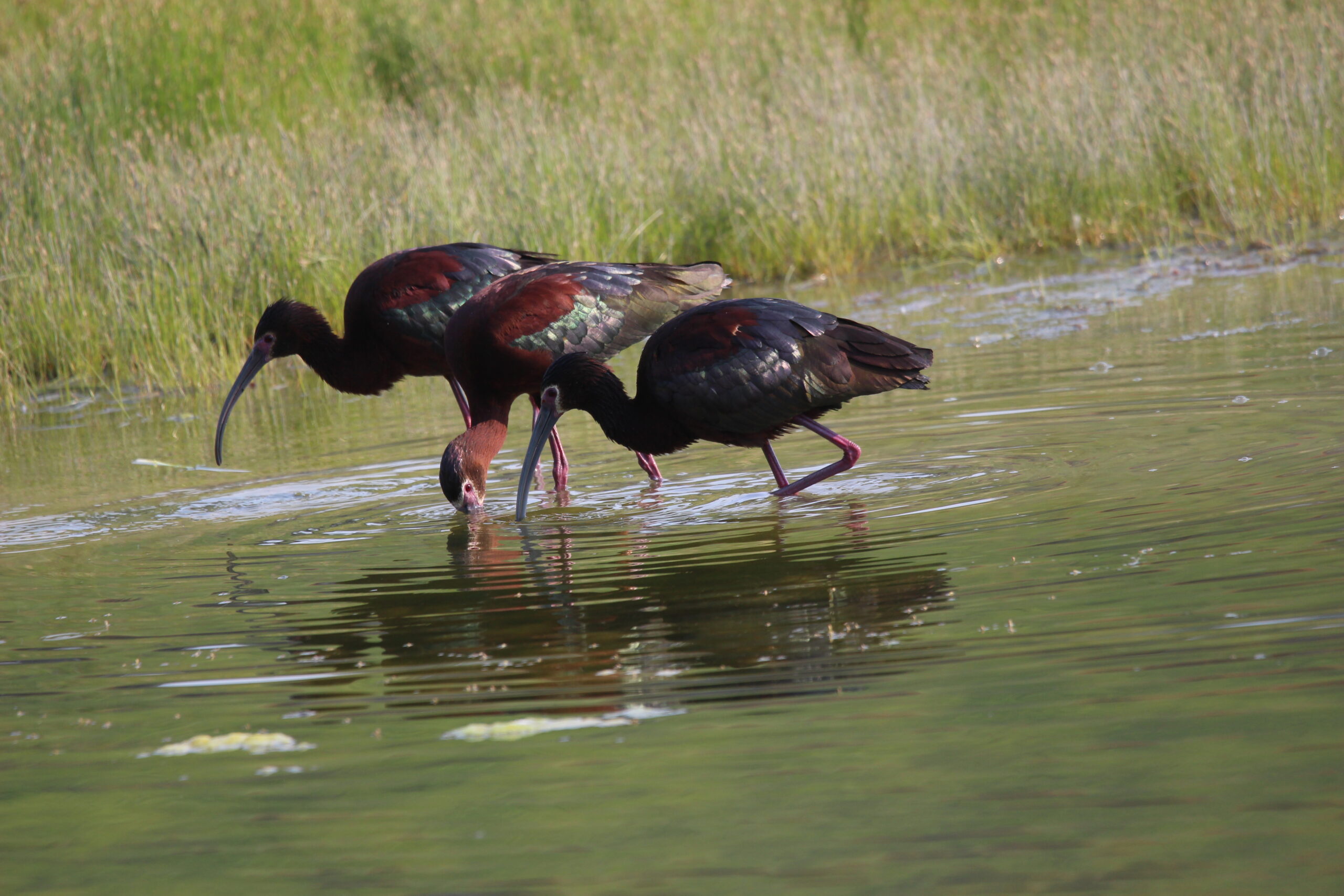We owe a lot to the ancient Etruscan civilization, a wealthy and powerful nation-state that existed from 900BCE to 100BCE. The Etruscans were eventually assimilated into the Roman Republic, but at one point controlled almost the entirety of the modern-day Italian peninsula.
The centre of Etruscan civilization was located in the modern-day Italian region of Tuscany, widely considered to be the birthplace of the Italian Renaissance, when western civilization began to claw its way out of the Dark Ages. Indeed, the so-called Roman Alphabet that you are reading right now was originally taught to the Romans by the Etruscans.
The regional capital of Florence was home to the first modern banking system, which helped accelerate the spread of international trade throughout the Mediterranean, along with scientific advancements in architecture, exploration, and agriculture.
The Etruscans were blessed with the perfect climate for grapevines, so much of the historical knowledge of winemaking was passed from the Etruscans to the neighbouring Greeks and Romans.
With such a pedigree, it is not surprising that modern-day Tuscany is one of Italy’s best-known wine regions.
The Tuscany wine region is on the western coast, bordered by the Tyrrhenian Sea, and includes seven coastal islands. Of the 20 recognized wine regions in Italy, Tuscany is the third-largest producer of DOC (Controlled Designation of Origin) wines, which command the highest prices on the world markets.
The Tuscany wine region has six sub-regions, including the famous Brunello and Chianti areas. The Sangiovese grape is the most widely planted in the region, and has been cultivated in the region since the 8th century. Many clones and offshoots of the Sangiovese grape varietal exist, Brunello being the most common example.
Brunello has long been a favourite of mine, and is a grape varietal coveted by wine snobs the world over. The name means “little brown” grape, and was originally through to be an entirely different grape varietal than Sangiovese.
After centuries of the wines grown around the village of Montalcino being called Brunello di Montalcino, modern DNA analysis finally determined that Brunello and Sangiovese were indeed the same grape.
To make matters more confusing, wines labeled as Chianti also contain a minimum of 80% Sangiovese, with a few other grape varietals permitted for blending.
The reasons behind the confusing labeling laws for Italian wines are mostly historical, with the name on the bottle referring to the region the grapes were grown, not the type of grape in the bottle.
This makes things confusing for consumers, who may see bottles at the local booze merchant labeled as Rosso, Brunello, Chianti, Montepulciano, and a host of others, but those are all just regional terms for wines made from the Sangiovese grape.
This old-world snootiness in labeling puts off many North American wine drinkers, which is why the so-called New World wines are so popular, with their friendly labels that have Merlot or Chardonnay printed right on the front to avoid confusion.
Even the local wine growers of Tuscany found the strict legal requirements around labeling to be too restrictive, so the unofficial and unsanctioned category of Super Tuscans was born during the last days of disco in the late 1970s.
The Super Tuscan blends did away with the strict geographical restrictions on labeling, and allowed the winemakers to experiment with non-native grape varietals like Merlot and Cabernet Sauvignon.
The Super Tuscans exploded in popularity in the 1980s, and continue to command high prices today. There is still plenty of the Sangiovese grape varietal in the Super Tuscans, but Bordeaux-style varietals like Cabernet Franc or Syrah are blended with the Sangiovese for a more balanced wine.
Wines made from the Sangiovese grape tend to be medium-bodied with plenty of tannin structure, making them particularly good when paired with lasagna or spaghetti.
Prices for Tuscan wines will vary from plonk table wine that can be had for under $15, all the way up to thousands of dollars for the most premium blends.
The wines of Tuscany are available at even the smallest of liquor merchants here in Alberta, so you will have no trouble finding them. Most local booze retailers focus on the mass market, and have plenty of reasonably priced Tuscan wines that will only set you back around $25. Look for them today and remember to thank the ancient Etruscans!





